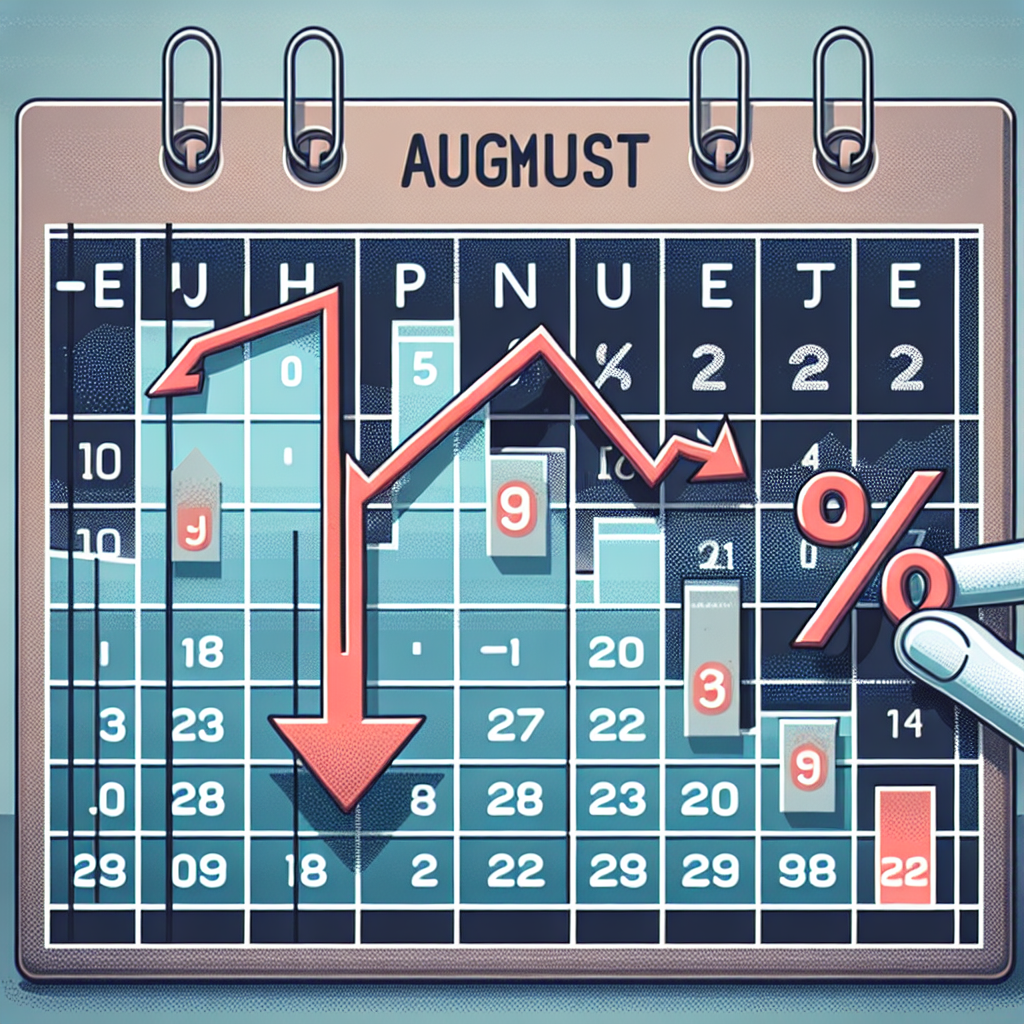The U.S. Department of Labor released a report on Wednesday (September 10) showing a surprising drop in wholesale prices in August, marking the first decline in four months and providing more reasons for the Federal Reserve to approve a rate cut this month.
The Producer Price Index (PPI), which measures the cost of goods and services inputs, fell by 0.1% in August, much lower than the 0.3% increase predicted by Dow Jones. The PPI rose by 2.6% year-on-year.
Service prices fell by 0.2% in August, while commodity prices saw a slight increase of 0.1%.
Excluding food, energy, and trade services, the less volatile PPI index rose by 0.3% month-on-month in August and increased by 2.8% year-on-year.
The report indicated that despite President Trump’s tariff measures leading to increased costs, businesses did not significantly raise prices in August. Many businesses are concerned that substantial price hikes could scare off customers amid ongoing economic uncertainty affecting consumer spending decisions.
A soft job market has escalated the Fed’s concerns about employment prospects, but worries about inflation have somewhat diminished. Therefore, it is widely expected that the Fed will announce a rate cut at next week’s monetary policy meeting.
Although the market remains closely monitoring the PPI report released on Wednesday and the upcoming Consumer Price Index (CPI) report on Thursday, futures pricing suggests a 100% likelihood of the Fed approving a rate cut this month.
Service prices are a key indicator that the Fed evaluates when determining its monetary policy stance. The 0.2% decrease in this indicator has driven the wholesale inflation rate down. Trade service prices fell by 1.7%, serving as a major driver behind the overall PPI decline.
According to a report by U.S. financial news CNBC, Chris Rupkey, Chief Economist at Fwdbonds, stated that overall, the expected inflation impact has not materialized, leading to market upticks. Producer-level inflation has remained relatively stable, indicating that the tariff effects have not yet substantially increased price pressure.

